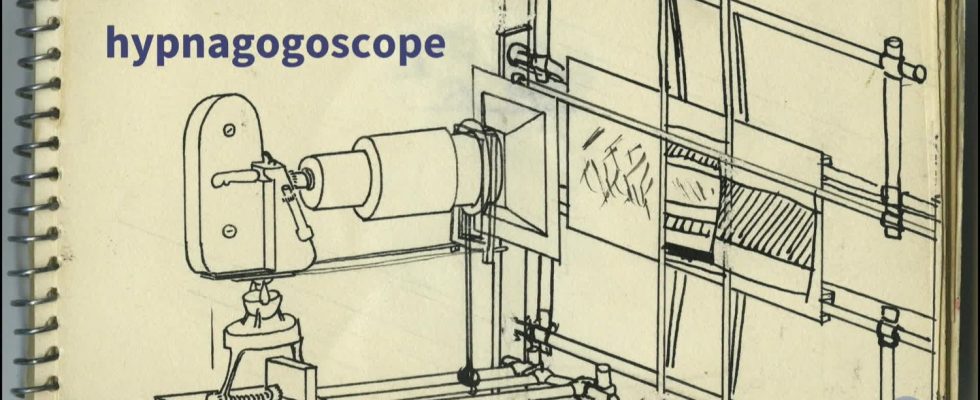Digital, tinkered or distorted, the animated image has fascinated through the ages. The Vence museum offers a retrospective of visual artists who have pushed the limits of creation in this medium.
Published
Reading time: 1 min

The image from all its angles. This is the exhibition around this theme that the Museum of Vence, in the Alpes-Maritimes, is offering until April 28. To explore its multiple facets, the works of seven artists, from different centuries, all fascinated by the image and its movement.
The exhibition
Images in motion, until April 28, 2024, at the Vence museum. – (FTV – Véronique Varin, Djamel Mouaki)
Pioneers of experimentation
Among the pioneers of image experimentation, there is the French artist Fernand Léger. In 1924, he filmed the Mechanical ballet with American director Dudley Murphy. This hypnotizing and abstract short film is a revolution in experimental cinema. The repetitive shots and the bias not to write a screenplay stand out in the world of the 7th art.
In the 1940s, Raymond Hains invented the hypnagogoscope. A fluted lens for creating prisms and obtaining distorted images. “These artists have truly created something in the field of visual arts. They led generations to other possibilities“, explains Philippe Piguet, curator of the exhibition.
The digital age
Since then, DIY has somewhat disappeared in favor of technology. Artists are no less overflowing with ideas. Like the works of Vincent Broquaire. They question the links between nature and new technologies. These monochrome animations have fun erasing the limits between reality and imagination. “These are stories which are microworlds and which speak of our society“, adds Philippe Piguet.
The appearance of virtual reality (VR) has once again pushed the limits of the image. This immersive technology allows us to offer a new artistic dimension. Montpellier Jeanne Susplugas has made it the subject of several of her works. In I will sleep when I’m dead, it invites you to explore the inside of a brain with a VR headset. A journey closer to thoughts and neurons.
Moving imagesuntil April 28, 2024, Musée de Vence, Alpes-Maritimes
